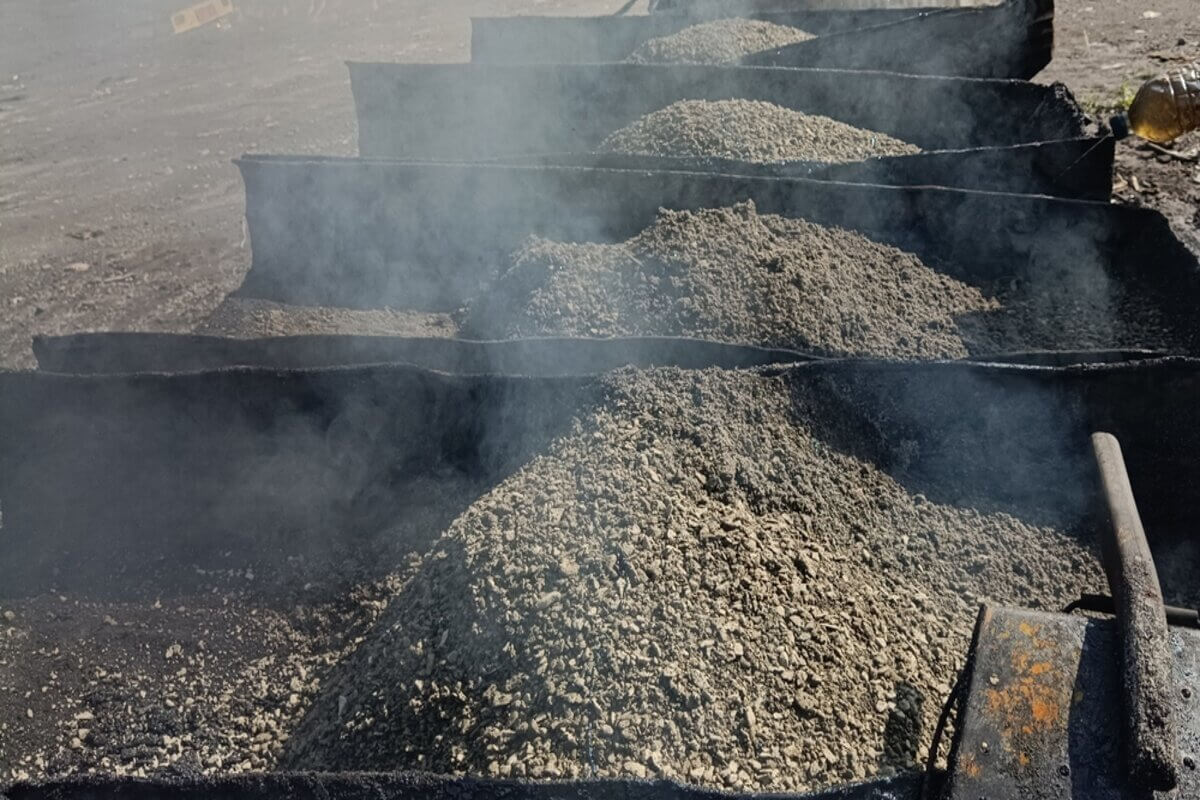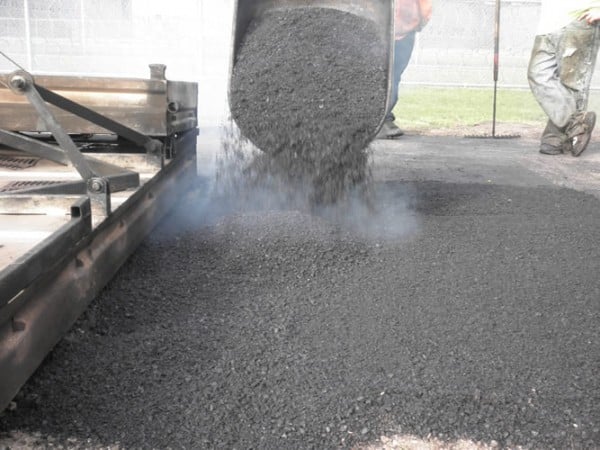Hot Mix Asphalt Paving: Your Gateway to Costs Angled Parking Solutions
Hot Mix Asphalt Paving: Your Gateway to Costs Angled Parking Solutions
Blog Article
Unlocking the Tricks of Hot Mix Asphalt Technology
Discovering the midsts of warm mix asphalt modern technology reveals a world where thorough procedures and accurate formulas converge to shape our roads and framework. The fusion of fillers, aggregates, and binders isn't simply a building task however a tactical orchestration of longevity and efficiency. As we peer right into the complex dance of elements, a tapestry of strength and sustainability unravels. What exists below this surface of asphaltic proficiency, and what tricks wait to be introduced in the world of paving developments?
Importance of Warm Mix Asphalt
Warm Mix Asphalt plays a critical function in modern-day facilities advancement because of its durability and cost-effectiveness. As the most generally used paving product for roadways, highways, and parking great deals, Warm Mix Asphalt uses a variety of benefits that add to its relevance in building and construction tasks. One essential benefit is its capability to withstand hefty traffic tons and extreme weather, offering a dependable and resilient surface for transportation networks. Furthermore, Warm Mix Asphalt is cost-efficient in both first building and construction and long-lasting upkeep, making it a recommended choice for numerous facilities projects.
The durability of Hot Mix Asphalt comes from its structure, which includes accumulations, binder, and filler materials that are thoroughly selected and blended to fulfill specific efficiency needs. This precise mix causes a flexible and strong pavement that can sustain regular usage without substantial wear and tear. Hot Mix Asphalt is 100% recyclable, further enhancing its sustainability and ecological advantages. In general, the importance of Warm Mix Asphalt in facilities development can not be downplayed, as it remains to be a keystone of modern-day building and construction methods.
Elements of Asphalt Mixes
The structure of asphalt mixes consists of very carefully selected accumulations, binder, and filler products that are vital for achieving certain efficiency demands. Accumulations are the main part of asphalt mixes, offering toughness and stability. These aggregates can be all-natural, such as gravel or crushed stone, or synthetic, like recycled products from old pavements. The binder, normally asphalt or asphalt concrete, holds the accumulations with each other and provides adaptability and longevity to the mix. The selection of the binder is important as it straight influences the mix's efficiency in different climate condition. Fillers, such as hydrated lime or Rose city concrete, are used to enhance the mix's workability and aging resistance. Angled Parking.
The combination and proportion of these components play a substantial duty in determining the quality and efficiency of the asphalt mix. Designers carefully design the mix to meet particular requirements, taking into consideration aspects like website traffic quantity, climate conditions, and pavement lifespan. Appropriate selection and balancing of accumulations, binder, and fillers are vital for creating sturdy, durable asphalt sidewalks.
Combining and Production Methods

Once the accumulations are picked, the binder, often asphalt cement, is included in bind the materials together. The binder's high quality and quantity substantially affect the mix's toughness, resistance, and adaptability to environmental variables. Additionally, fillers like hydrated lime or Rose city cement might be included to boost certain attributes of the asphalt mix, such as its workability or wetness resistance.
Throughout production, the accumulations and binder are heated up, commonly between 250-325 ° F(121-163 ° C ), to facilitate blending and ensure correct finish of the aggregates. The mixing procedure should be thorough to accomplish a homogeneous mix that advertises the preferred efficiency qualities of the asphalt. Various strategies, such as batch mixing or drum mixing, are utilized to attain regular and top quality asphalt mixes for building and construction jobs.
Factors Impacting Asphalt Performance
Variables influencing asphalt performance encompass a range of variables that impact the sturdiness, long life, and overall top quality of asphalt pavements. One crucial factor is the high quality of products made use of in the asphalt mix. The type and resource of aggregates, the commercial parking lot paving binder high quality, and the additives all play a substantial role in figuring out the efficiency of the asphalt pavement. The gradation of aggregates is essential as it influences the mix's resistance, workability, and security to fracturing and rutting.

Ecological conditions additionally influence asphalt efficiency. Temperature variations, moisture seepage, and traffic lots can all impact the structural honesty of the pavement. Design considerations, such as sidewalk thickness and drainage, are crucial in guaranteeing the lasting performance of the asphalt sidewalk. By carefully thinking about these designers, service providers and elements can optimize asphalt performance and enhance the life span of pavements.
Lasting Practices in Asphalt Modern Technology

WMA allows for the production and positioning of asphalt blends at lower temperature levels contrasted to traditional hot-mix asphalt, resulting in lowered energy consumption and greenhouse gas exhausts. The usage of porous asphalt blends can aid mitigate stormwater drainage issues by enabling water to penetrate through the pavement and into the ground, promoting all-natural water purification and charge procedures.
Verdict
Finally, warm mix asphalt technology plays an important function in modern-day framework growth as a result of its durability and cost-effectiveness. By thoroughly stabilizing components, employing proper blending strategies, and taking into consideration different aspects, engineers can create top quality asphalt blends that withstand heavy traffic lots and rough climate problems. Welcoming lasting practices, such as using warm-mix modern technologies and recycled products, even more improves the ecological kindness of asphalt technology.
Blending and manufacturing methods in hot mix asphalt modern technology include the specific combination and handling of accumulations, binder, and fillers to produce a resilient and high-performance asphalt mix.Variables influencing asphalt performance include an array of variables that influence the sturdiness, long life, and total top quality of asphalt sidewalks. Lasting methods in asphalt innovation include different initiatives aimed at decreasing the ecological effect of asphalt manufacturing and paving procedures. By incorporating reclaimed asphalt sidewalk (RAP) and recycled asphalt shingles (RAS) into new asphalt blends, the sector can dramatically decrease the consumption of raw products and energy, while also decreasing garbage dump waste.
WMA enables for the manufacturing and placement of asphalt mixes at lower temperatures contrasted to conventional hot-mix asphalt, resulting in lowered power usage and greenhouse gas exhausts.
Report this page